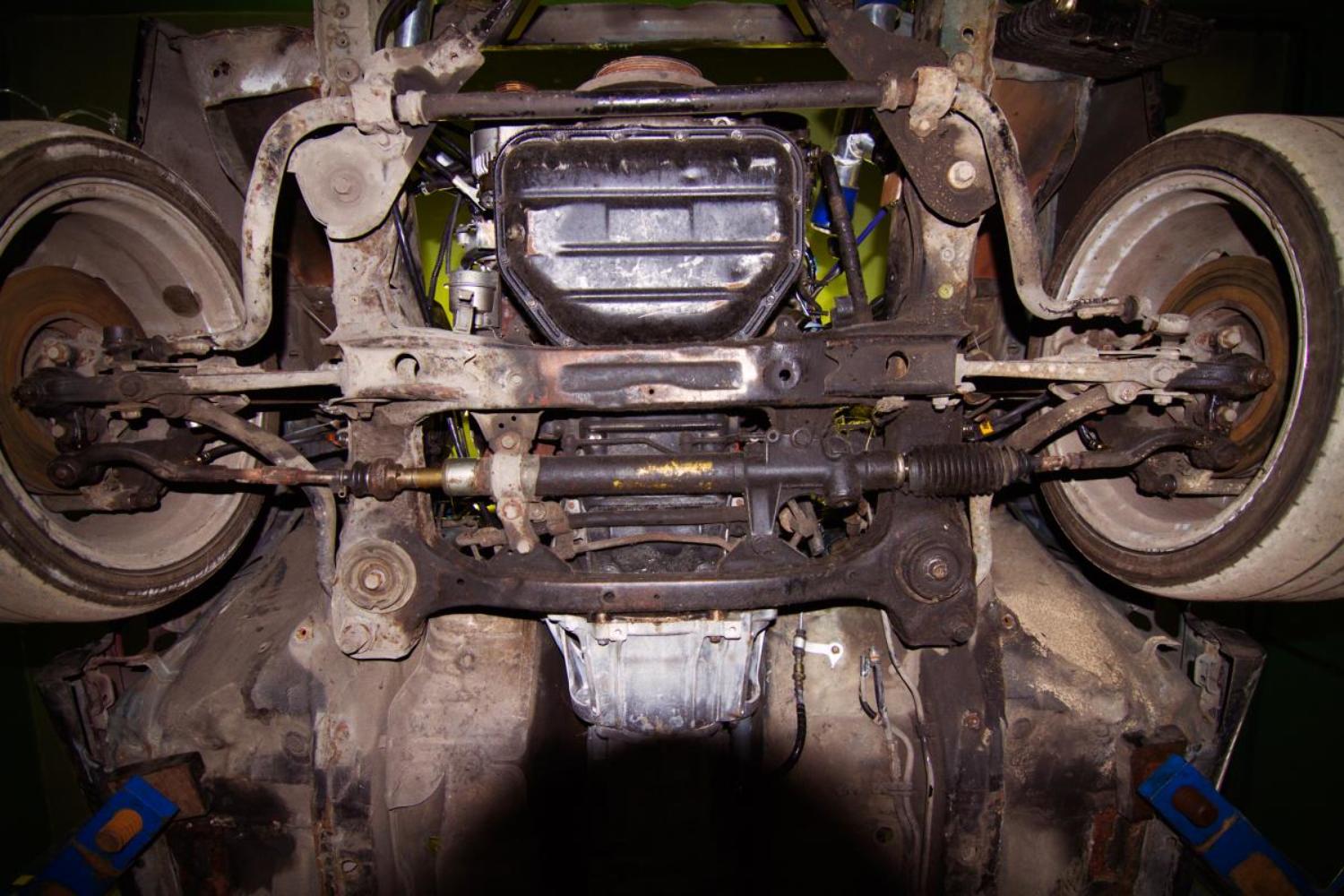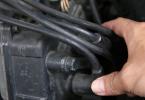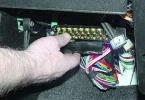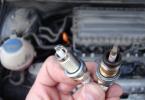The name of the steering mechanism "Steering Rake" occurred from the name of the mechanism "Gear - Reach". The mechanism of this type is most often used when constructing modern front-wheel drive cars.
History of the implementation of the steering rack
There is an erroneous opinion that the steering rail is the most modern steering design, but it is not quite so. On many first cars of the late 19th century, it was such a design that was used at the beginning of the 20th century, the "gear-rail" was used, for example,. Historically, it happened that in the 20th century, the ordinary steering rail on passenger transport gave way to worm mechanisms and other more complex designs. But, as you know, everything is known - well forgotten old, at the end of the 20th century, designers returned to the use of the steering rack, since this design was best suited for. In fact, these three design solutions are quite closely connected historically and are designed to solve one common task - to make a car easier and more affordable. Such a design solution turned out to be quite successful, and managing wheels on the basis of the rush transmission today received the widespread distribution in passenger cars. What role the steering rail is played in this task, as it works and how it works becomes clear after familiarizing with its design.Device steering rack
The rake is connected to controlled wheels using steering and tips and is a gear transmission. The gear fixed on the steering shaft is engaged in engagement with the teeth on the rail. When turning the steering wheel around its axis, the steering shaft gear shifts the rail to the appropriate direction. In turn, the rake through hinge and thrust turns controlled wheels. In the present, most steering wheels have mechanisms that facilitate the rotation of the steering wheel, especially in those moments when the car stands still. The most common devices are a hydraulic device. An actuator with a distributor and a pump is added to the usual rail. The pump driven by a belt from the crankshaft sucks from the hydraulic fluid and submits it with a high pressure of 50-100 atm to the spool distributor. The principle of the distributor is to track the accompanying force to the steering wheel and when it appears - to help the driver to rotate the steering wheel. The base of the distributor is the tracking device - torsion, in the steering shaft. When the steering wheel is alone, the torsion is not twisted, the dosing channels of the distributor are closed, and the oil without any effort goes back to the expansion tank. When the driver begins to rotate the steering wheel, the torsion tightened the stronger than the driver to rotate the driver. In turn, the swirling torsion is used with the spool and the channels of the channels directs the liquid into the actuator. Depending on which side the torsion is spinning, the pressure is fed or for the piston of the actuator or to it. The piston is rigidly fixed on the rail and with the help of this oil pressure helps to rotate the wheels in the desired side. Also, the system provides a safety valve. If the wheels are turned to the stop, it opens and resets the extensive pressure back to the tank. It is achieved to significantly relieve the rotation of the steering wheel and weakened the transfer of beats from the wheel to the ram. For disadvantages. Experienced drivers and professional riders helps to feel the car and take turns at the highest possible speed. But in fact, the system can be configured to practically for any requirements, simply the absolute majority of consumers is much more important than comfort and safety. These words confirm some models of the BMW 3rd series, where the steering setting is able to satisfy even the high demands of the racers and do not give the reason to journalists once again to reproach designers in low steering information. The hydraulic system is generally quite reliable, the maintenance is usually reduced only to the regulatory replacement of the drive belt and controlling the level of working hydraulic fluid in the tank. Despite the high reliability, seals (seals) of the steering rack are often losing hermeticity, and the leakage of the working fluid of the GUR begins through them. Often, the cause is contamination and corrosion of the rails due to the rupture of the anthers and wear of the glands.



